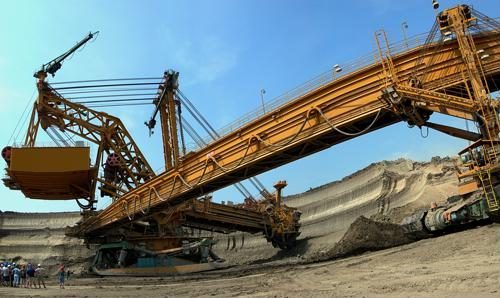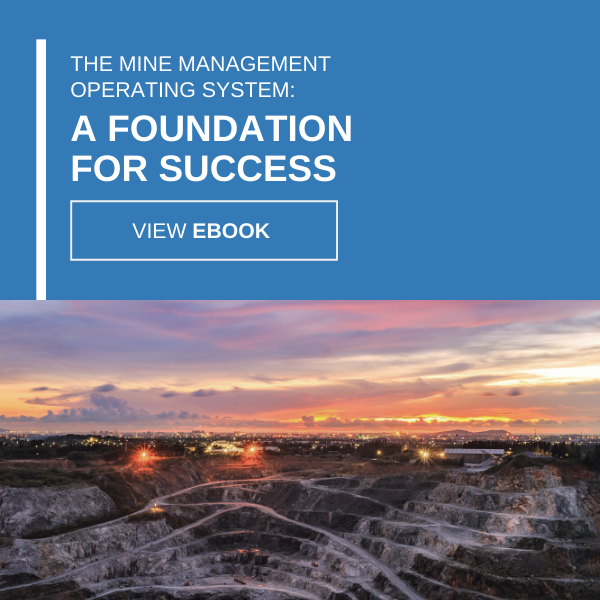
3 Questions to Ask to Improve Maintenance Strategies for Open-pit Mining
Of the more than 62,000 employees working in American mines, over half staff maintenance departments, according to data from the National Institute for Occupational Safety and Health. This operational distribution has developed because of the ascendance of automated mining technologies, which have reduced the need for production personnel but increased maintenance demands significantly.
Despite the intensified focus on maintenance activities, firms in the sector continue to struggle in this area. Many are leaving efficiency gains and cost savings on the table. As research from EY revealed, many also depend on deficient communication strategies that separate maintenance and operations teams.
These less-than-ideal mining maintenance tendencies carry serious consequences – especially for mining companies with expansive open-pit operations where cost-effectiveness and operational efficiency reign supreme. Stakeholders at these sites can, of course, avoid financial fallout linked to declines in productivity by bolstering maintenance strategies. But before embarking on improvement efforts, open-pit leaders should pose some key questions to better understand their baseline needs.
Here are a few queries that might help mining maintenance leaders gather the data they need to move forward:
How are work orders processed?
Work orders constitute the backbone of maintenance operations. These documents and the internal mechanisms by which they move throughout the organization are critical in the age of automated mining technology. Yet maintenance departments within many firms do not have such formalized workflows in place to keep mission-critical assets up and running and instead rely on hastily delivered spoken reminders among technicians. This often leads to costly downtime and production pauses.
Ideally, mining companies should maintain digitized work order processes that allow operational staff to configure detailed service requests with all the information technicians need to make repairs in a timely manner. Open-pit maintenance leaders managing looser processes centered on in-person exchanges should embrace this methodology to make headway.
Is the right technology in place?
Mining technology continues to move forward at breakneck speed, catalyzing transformation in the industry along the way. Advanced tools such as automated drills and driverless trucks allow firms to mine continuously and reach new operational heights, according to the MIT Technology Review. Sadly, many of the back-end maintenance systems that support such cutting-edge assets are not as advanced and rely on nontechnical processes. Again, this creates risk.
To keep up with innovations unfolding in mines, open-pit maintenance leaders should adopt digital tools such as enterprise resource planning and computerized maintenance management software.
What is the ratio of planned to reactive maintenance?
Reactive maintenance strategies were common decades back. Now, with the rise of asset sensors and sophisticated data collection and analysis tools, organizations across all industrial sectors must maintain predictive methodologies to keep costs down and stay competitive.
Reactive maintenance is often four to five times more expensive than planned work, which is why firms should develop and sustain 80-20 maintenance ratios, wherein technicians devote 80 percent of their time to scheduled asset management activities and 20 percent to repairs. Open-pit mining operations failing to maintain such balances must work toward implementing proactive maintenance strategies designed to improve efficiency and reduce costs.
Mining maintenance leaders supporting open-pit facilities would be wise to kickoff improvement activities by answering these critical questions. Those in need of additional guidance should consider reaching out to USC Consulting Group. With nearly 50 years of experience, we can help open-pit maintenance stakeholders improve their processes and boost productivity. Connect with us today to learn more about our services and work in the mining space.






